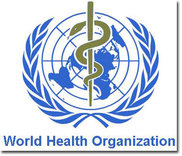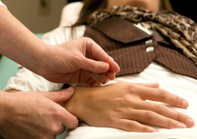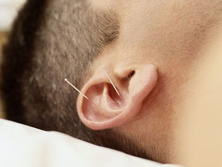Article from the Website: Healthcare Medicine Institute
New evidence finds acupuncture and Chinese herbal medicine effective for the treatment of menstrual pain. One study reveals a popular herbal medicine for the relief of cramping and pain. Another study found acupuncture as effective as non-steroidal anti-inflammatory drugs (NSAIDs) for menstrual related pain. The first and most recent study on Traditional Chinese Medicine (TCM) for the treatment of menstrual discomfort was conducted in Taiwan.
This new study finds Dan Gui XiaoYao San the primary herbal formula consumed in Taiwan for the treatment of primary dysmenorrhea. This type of dysmenorrhea is characterized by lower abdominal cramping and pain prior or during menstruation and is not due to endometriosis. Approximately 53% of Taiwanese women with primary dysmenorrhea use Traditional Chinese Medicine (TCM) and over 90% of this group sought the relief of menstruation related pain. The study notes that Dan Gui Xiao Yao San is the most commonly prescribed herbal formula for this condition and it contains both “sedative and anti-inflammatory agents.”




 RSS Feed
RSS Feed